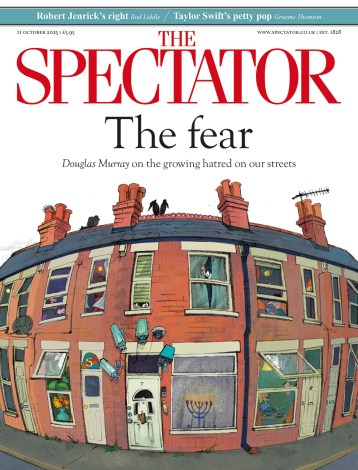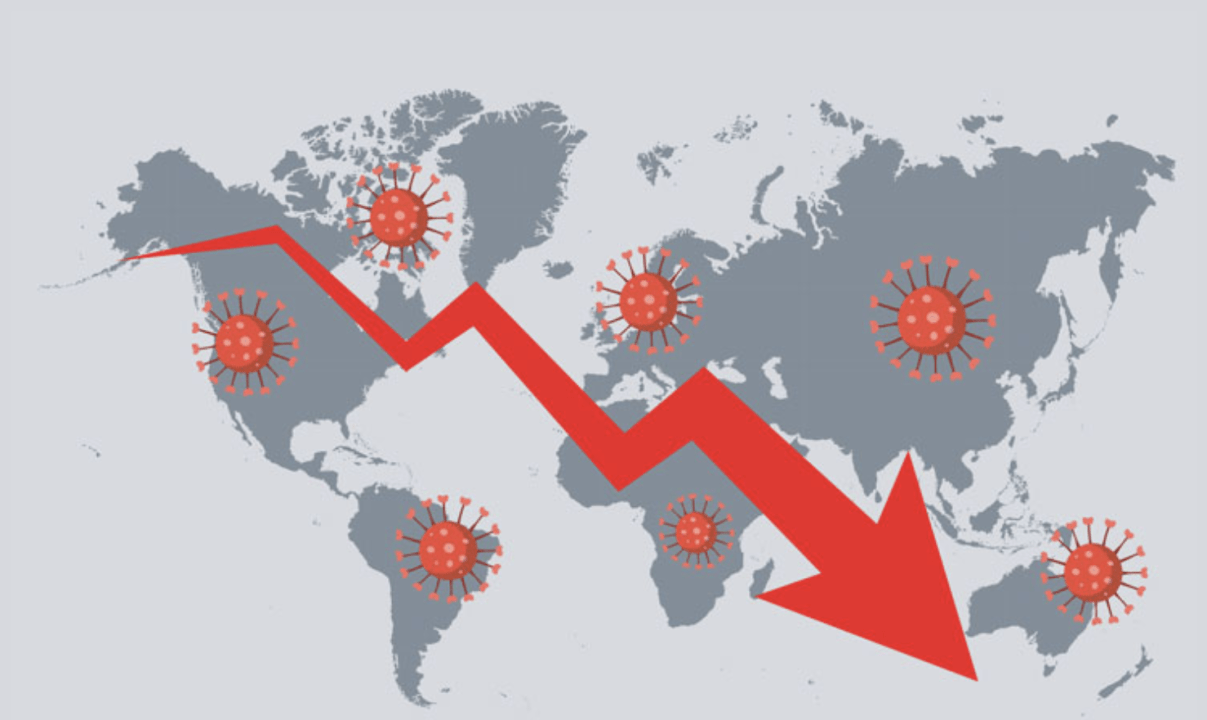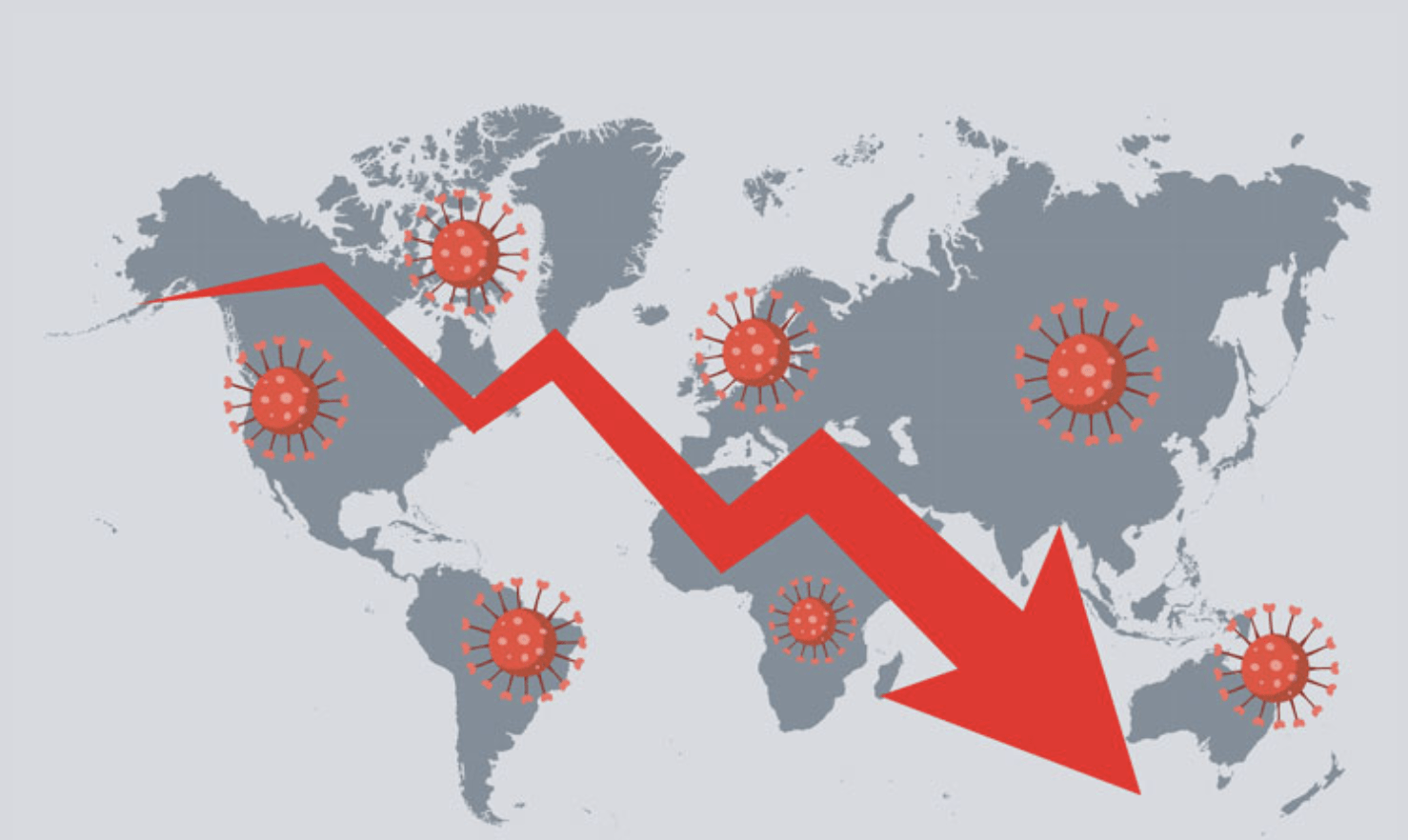Every day, now, we are seeing figures for ‘Covid deaths’. These numbers are often expressed on graphs showing an exponential rise. But care must be taken when reading (and reporting) these figures. Given the extraordinary response to the emergence of this virus, it’s vital to have a clear-eyed view of its progress and what the figures mean. The world of disease reporting has its own dynamics, ones that are worth understanding. How accurate, or comparable, are these figures comparing Covid-19 deaths in various countries?
We often see a ratio expressed: deaths, as a proportion of cases. The figure is taken as a sign of how lethal Covid-19 is, but the ratios vary wildly. In the US, 1.8 per cent (2,191 deaths in 124,686 confirmed cases), Italy 10.8 per cent, Spain 8.2 per cent, Germany 0.8 per cent, France 6.1 per cent, UK 6.0 per cent. A fifteen-fold difference in death rate for the same disease seems odd amongst such similar countries: all developed, all with good healthcare systems. All tackling the same disease.
You might think it would be easy to calculate death rates. Death is a stark and easy-to-measure end point. In my working life (I’m a retired pathology professor) I usually come across studies that express it comparably and as a ratio: the number of deaths in a given period of time in an area, divided by that area’s population. For example, 10 deaths per 1,000 population per year. So just three numbers:
- The population who have contracted the disease
- The number dying of disease
- The relevant time period
The trouble is that in the Covid-19 crisis each one of these numbers is unclear.
1. Why the figures for Covid-19 infections are a vast underestimate
Say there was a disease that always caused a large purple spot to appear in the middle of your forehead after two days – it would be easy to measure. Any doctor could diagnose this, and national figures would be reliable. Now, consider a disease that causes a variable raised temperature and cough over a period of 5 to 14 days, as well as variable respiratory symptoms ranging from hardly anything to severe respiratory compromise. There will be a range of symptoms and signs in patients affected by this disease; widely overlapping with similar effects caused by many other infectious diseases. Is it Covid-19, seasonal flu, a cold – or something else? It will be impossible to tell by clinical examination.
The only way to identify people who definitely have the disease will be by using a lab test that is both specific for the disease (detects this disease only, and not similar diseases) and sensitive for the disease (picks up a large proportion of people with this disease, whether severe or mild). Developing accurate, reliable, validated tests is difficult and takes time. At the moment, we have to take it on trust that the tests in use are measuring what we think they are.
So far in this pandemic, test kits have mainly been reserved for hospitalised patients with significant symptoms. Few tests have been carried out in patients with mild symptoms. This means that the number of positive tests will be far lower than the number of people who have had the disease. Sir Patrick Vallance, the government’s chief scientific adviser, has been trying to stress this. He suggested that the real figure for the number of cases could be 10 to 20 times higher than the official figure. If he’s right, the headline death rate due to this virus (all derived from lab tests) will be 10 to 20 times lower than it appears to be from the published figures. The more the number of untested cases goes up, the lower the true death rate.
2. Why Covid-19 deaths are a substantial over-estimate
Next, what about the deaths? Many UK health spokespersons have been careful to repeatedly say that the numbers quoted in the UK indicate death with the virus, not death due to the virus – this matters. When giving evidence in parliament a few days ago, Prof. Neil Ferguson of Imperial College London said that he now expects fewer than 20,000 Covid-19 deaths in the UK but, importantly, two-thirds of these people would have died anyway. In other words, he suggests that the crude figure for ‘Covid deaths’ is three times higher than the number who have actually been killed by Covid-19. (Even the two-thirds figure is an estimate – it would not surprise me if the real proportion is higher.)
This nuance is crucial – not just in understanding the disease, but for understanding the burden it might place on the health service in coming days. Unfortunately nuance tends to be lost in the numbers quoted from the database being used to track Covid-19: the Johns Hopkins Coronavirus Resource Center. It has compiled a huge database, with Covid-19 data from all over the world, updated daily – and its figures are used, world over, to track the virus. This data is not standardised and so probably not comparable, yet this important caveat is seldom expressed by the (many) graphs we see. It risks exaggerating the quality of data that we have.
The distinction between dying ‘with’ Covid-19 and dying ‘due to’ Covid-19 is not just splitting hairs. Consider some examples: an 87-year-old woman with dementia in a nursing home; a 79-year-old man with metastatic bladder cancer; a 29-year-old man with leukaemia treated with chemotherapy; a 46-year-old woman with motor neurone disease for 2 years. All develop chest infections and die. All test positive for Covid-19. Yet all were vulnerable to death by chest infection from any infective cause (including the flu). Covid-19 might have been the final straw, but it has not caused their deaths. Consider two more cases: a 75-year-old man with mild heart failure and bronchitis; a 35-year-old woman who was previously fit and well with no known medical conditions. Both contract a chest infection and die, and both test positive for Covid-19. In the first case it is not entirely clear what weight to place on the pre-existing conditions versus the viral infection – to make this judgement would require an expert clinician to examine the case notes. The final case would reasonably be attributed to death caused by Covid-19, assuming it was true that there were no underlying conditions.
It should be noted that there is no international standard method for attributing or recording causes of death. Also, normally, most respiratory deaths never have a specific infective cause recorded, whereas at the moment one can expect all positive Covid-19 results associated with a death to be recorded. Again, this is not splitting hairs. Imagine a population where more and more of us have already had Covid-19, and where every ill and dying patient is tested for the virus. The deaths apparently due to Covid-19, the Covid trajectory, will approach the overall death rate. It would appear that all deaths were caused by Covid-19 – would this be true? No. The severity of the epidemic would be indicated by how many extra deaths (above normal) there were overall.
3. Covid-19 and a time period
Finally, what about the time period? In a fast-moving scenario such as the Covid-19 crisis, the daily figures present just a snapshot. If people take quite a long time to die of a disease, it will take a while to judge the real death rate and initial figures will be an underestimate. But if people die quite quickly of the disease, the figures will be nearer the true rate. It is probable that there is a slight lag – those dying today might have been seriously ill for some days. But as time goes by this will become less important as a steady state is reached.
Let me finish with a couple of examples. Colleagues in Germany feel sure that their numbers are nearer the truth than most, because they had plenty of testing capacity ready when the pandemic struck. Currently the death rate is 0.8 per cent in Germany. If we assume that about one third of the recorded deaths are due to Covid-19 and that they have managed to test a third of all cases in the country who actually have the disease (a generous assumption), then the death rate for Covid-19 would be 0.08 per cent. That might go up slightly, as a result of death lag. If we assume at present that this effect might be 25 per cent (which seems generous), that would give an overall, and probably upper limit, of death rate of 0.1 per cent, which is similar to seasonal flu.
Let’s look at the UK numbers. As of 9 a.m. on Saturday there were 1,019 deaths and 17,089 confirmed cases – a death rate of 6.0 per cent. If one third of the deaths are caused by Covid-19 and the number of cases is underestimated by a factor of say 15, the death rate would be 0.13 per cent and the number of deaths due to Covid-19 would be 340. This number should be placed in perspective with the number of deaths we would normally expect in the first 28 days of March – roughly 46,000.
The number of recorded deaths will increase in the coming days, but so will the population affected by the disease – in all probability much faster than the increase in deaths. Because we are looking so closely at the presence of Covid-19 in those who die – as I look at in more detail in my article in the current issue of The Spectator – the fraction of those who die with Covid-19 (but not of it) in a population where the incidence is increasing, is likely to increase even more. So the measured increase in numbers of deaths is not necessarily a cause for alarm, unless it demonstrates excess deaths – 340 deaths out of 46,000 shows we are not near this at present. We have prepared for the worst, but it has not yet happened. The widespread testing of NHS staff recently announced may help provide a clearer indication of how far the disease has already spread within the population.
The UK and other governments have no control over how their data is reported, but they can minimise the potential for misinterpretation by making absolutely clear what its figures are, and what they are not. After this episode is over, there is a clear need for an internationally coordinated update of how deaths are attributed and recorded, to enable us to better understand what is happening more clearly, when we need to.
John Lee is a recently retired professor of pathology and a former NHS consultant pathologist.








Comments